Recipes – № 36
Dal
This Indian lentil soup is what I crave when I’ve been traveling or otherwise eating out a lot, which inevitably leads to more meat and white carbs than I’m used to at home. Since the dish can easily be thrown together from the pantry (with a bit of forethought), it’s also my go-to dish after days of holiday feasting at my in-laws’ lake cottage or my sister’s mountain chalet. It’s a satisfying, full-flavored and versatile recipe that happens to be vegan and 100% free of refined carbs – perfect for balancing out previous excesses. Better yet, it can accommodate a wide variety of vegetables you meant to eat earlier. Depending on the season, you could add bell peppers for example and just about any leafy green you don’t know what to do with. There is no reason to limit the choice of legume to lentils either. Chickpeas or any kind of shell beans, fresh or dried, work just as well.
Traditionally, dal is a fairly thin soup enjoyed with rice or flat breads, but I like serving a thicker version to make it more of a standalone meal. It’s delicious with a dollop of raita (which vegans could easily omit).
I’m indebted to my friend and standout cook Pradnya for this recipe. I tell her that I’ve made this dish over 20 times and have been asked to share the recipe by friends and family almost as often. She shakes her head at this, not understanding why we'd even need a recipe for this everyday Indian staple.

Serves 8 as a main course
3 cups dried lentils. Red lentils would be a traditional choice, but any lentil variety will do. Also other dried legumes such as chickpeas or shell beans. (See note below on soaking dried beans and chickpeas). Alternatively, use 8 cups of any fresh shell bean variety.
3 carrots
1 onion
6 garlic cloves
2 scant tsp cumin seeds
2 scant tsp black mustard seeds
2 scant tsp ground cumin
2 scant tsp ground coriander
2 scant tsp ground dried turmeric or 2 Tbsp peeled and chopped fresh turmeric root
1 large red, orange or yellow bell pepper (optional)
Chili pepper, any variety, to taste (optional)
1 large bunch leafy greens, such as spinach, kale, collard greens, chard or greens from root vegetables such as beets, turnips or radishes (optional)
1/3 cup fresh curry leaves. About 40 leaves. Look for them in South Asian specialty stores or occasionally in supermarkets. Use dried curry leaves if fresh are unavailable.
7 Tbsp olive oil

Peel and finely chop the carrots and onion. Heat 5 Tbsp of olive oil in a large pot over medium heat until hot but not smoking. Add the cumin seeds and mustard seeds and fry for 30-60 seconds. The seeds should show bubbles and start crackling but not brown much or else they will taste bitter. Add the carrots and onion and sauté, stirring occasionally, until they’re just starting to caramelize, about 10 to 15 minutes. Meanwhile peel and finely chop the garlic cloves. Core and seed any bell peppers and chop into 1/3-inch cubes. Core and seed any chili peppers and chop finely. If you’re unsure about the amount of chili to use (or if some of your eaters prefer none), you can add the chili before serving.
When the onions are done, add the garlic, ground cumin, coriander, turmeric and some salt and sauté for another minute. If using bell and/or chili peppers, add these next and sauté for another minute before adding the (drained, if previously soaking) legumes, along with 8 cups of water. Bring to a boil and simmer. Keep an eye on the water level and add more if the legumes are pushed out of the water.
The required cooking time for the legumes will vary widely depending on what variety you’re using, whether they’re fresh, freshly dried or old dried, and whether you’ve soaked them (see below). Lentils or fresh shell beans could take as little as 20 minutes. Old, dried and unsoaked chickpeas or large beans could easily take over 2 hours. Keep tasting – you’ll know they’re done, when they’re completely soft.
While the legumes are cooking, wash any greens you’d like to add. If using kale, collard greens or other greens with tough, fibrous stems, then pull the leaves from the stems by holding a stem end in one hand and sliding the thumb and index finger of your other hand up the stem. Stack the leaves on top of each other and slice into ribbons, approximately 1/3-inch thick. Add greens to the pot so they’ll be done around the same time as the legumes. Tender leaves such as spinach will only take a few minutes, tougher leaves such as kale or collard greens will take around 25 minutes (so if you’re using lentils or fresh beans then you’d add them as soon as the legumes start boiling).
When the legumes (and any greens) are cooked, wash the fresh curry leaves and pat them dry with some kitchen paper towel. (Skip this step if you’re using dried curry leaves). Heat 2 Tbsp of olive oil in a small, lidded saucepan until the oil is very hot and almost, but not quite, smoking. Add the fresh or dried curry leaves to the saucepan. The fresh leaves will pop loudly and oil will splatter, so be ready to cover the pan quickly with the lid. Shake the covered saucepan a little to expose all the leaves to the hot oil and pour the leaves and oil into the dal before the leaves turn brown.
Add more water to achieve the desired consistency and salt to taste.
Note: Soaking and cooking dried legumes
Dried beans and chickpeas are usually soaked in cold water for 8-12h before cooking to shorten cooking time. Some say that this washes away a bit of flavor and argue that dried legumes should be cooked unsoaked instead. Regardless, lentils are never soaked, because their smaller size makes them cook quickly. To state the obvious, fresh beans aren’t soaked, because they haven’t been dried in the first place.
If you cook dried chickpeas or beans more than occasionally, consider getting a pressure cooker. In my experience it cuts cooking time (and energy use) down to about a third.




































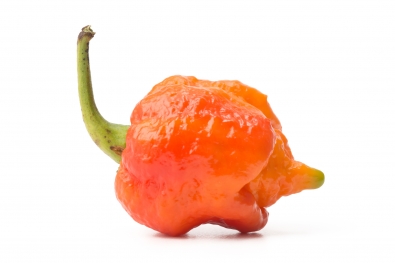

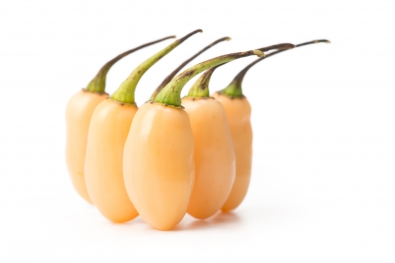


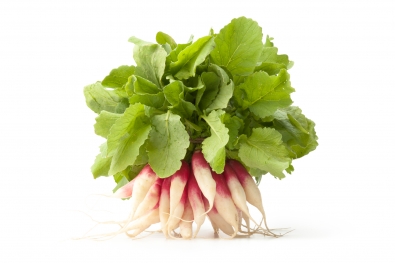













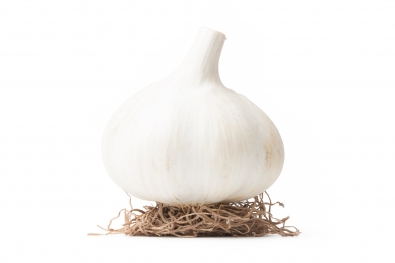










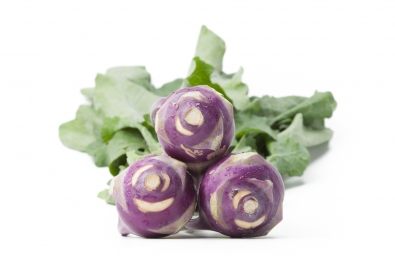









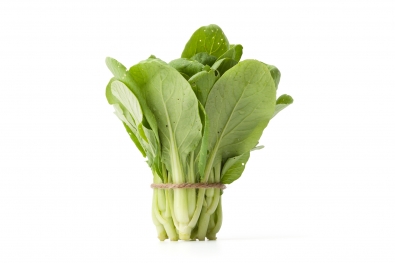



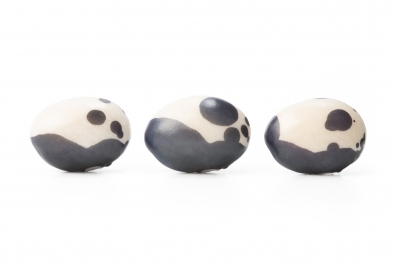





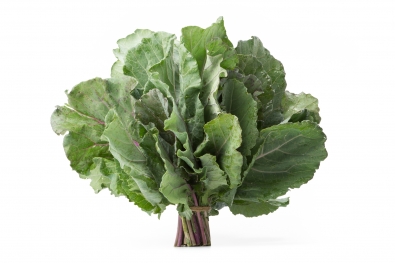

























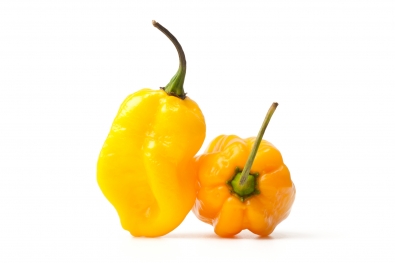










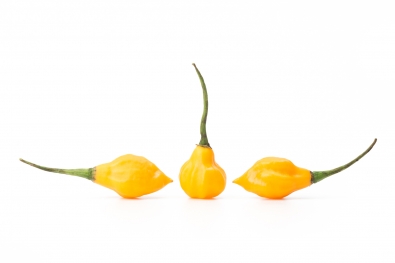




Add a comment